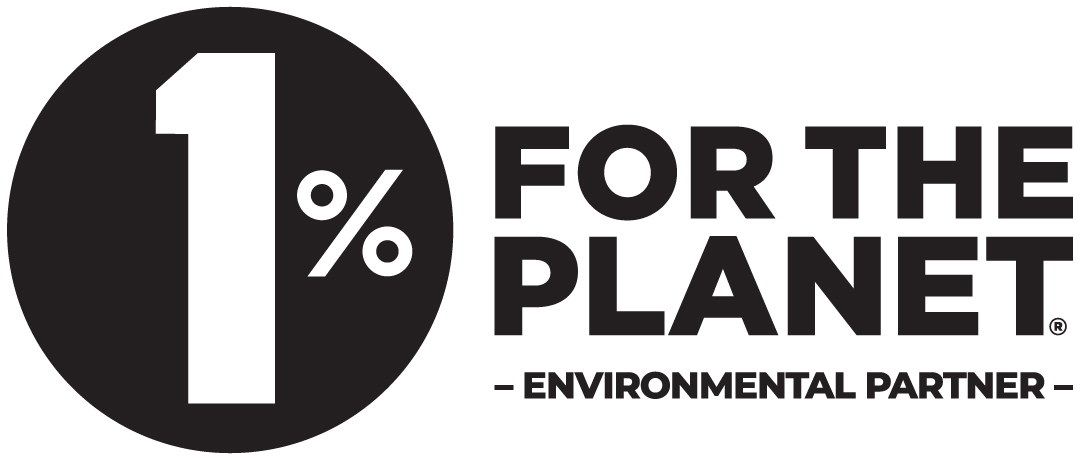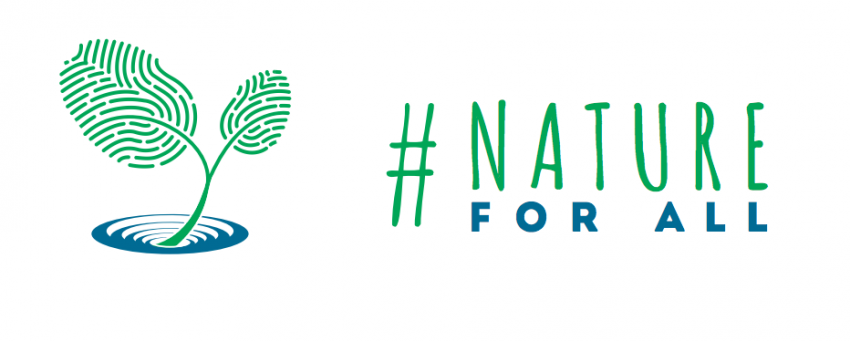Create an account
Welcome! Register for an account
A password will be e-mailed to you.
Password recovery
Recover your password
A password will be e-mailed to you.
Help us create a world where we all strive to create a better balance between the needs of people and nature.
Whether it’s $10 or $1000, every dollar counts.
 Or join us on Patreon!
Or join us on Patreon!
Federally registered non-profit #1063793-9
Ghost Bear Institute
Contact us: hello@naturelabs.ca
Our Partners












 Or join us on Patreon!
Or join us on Patreon!